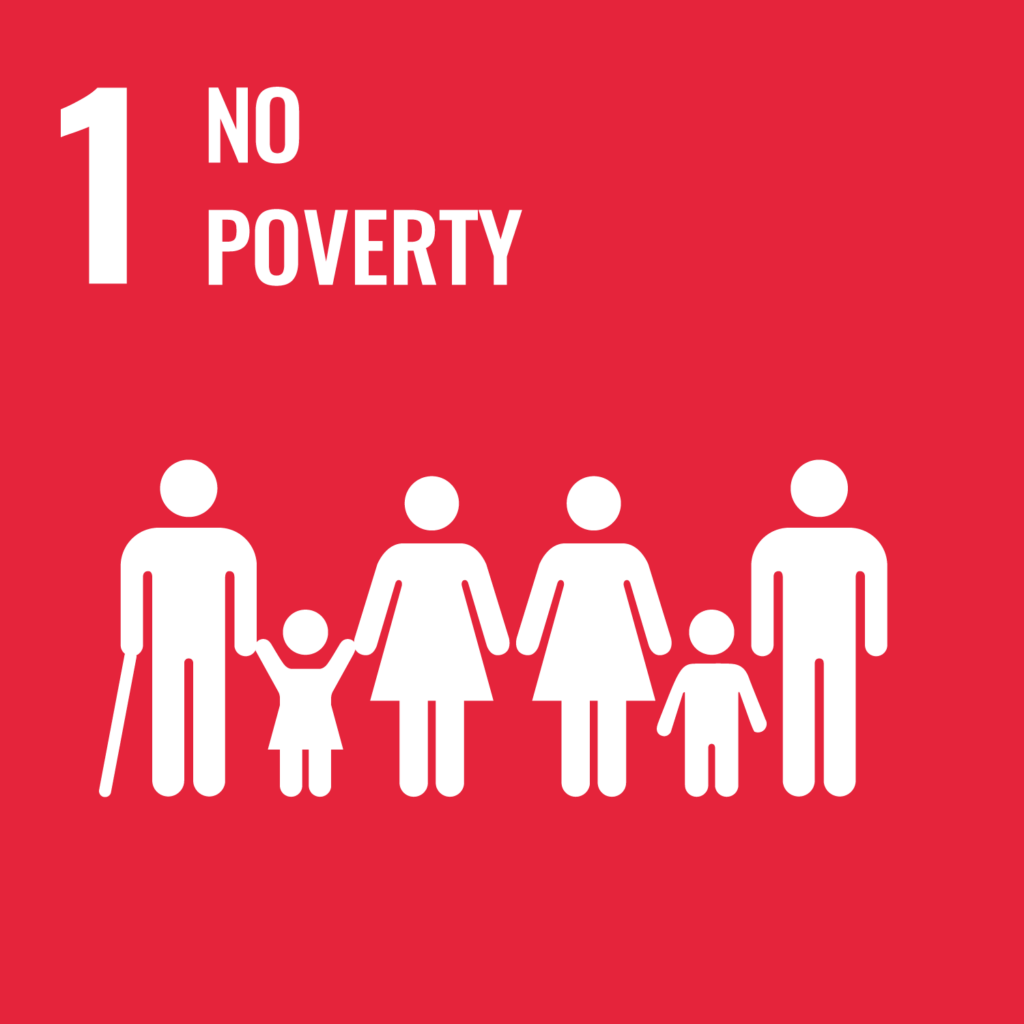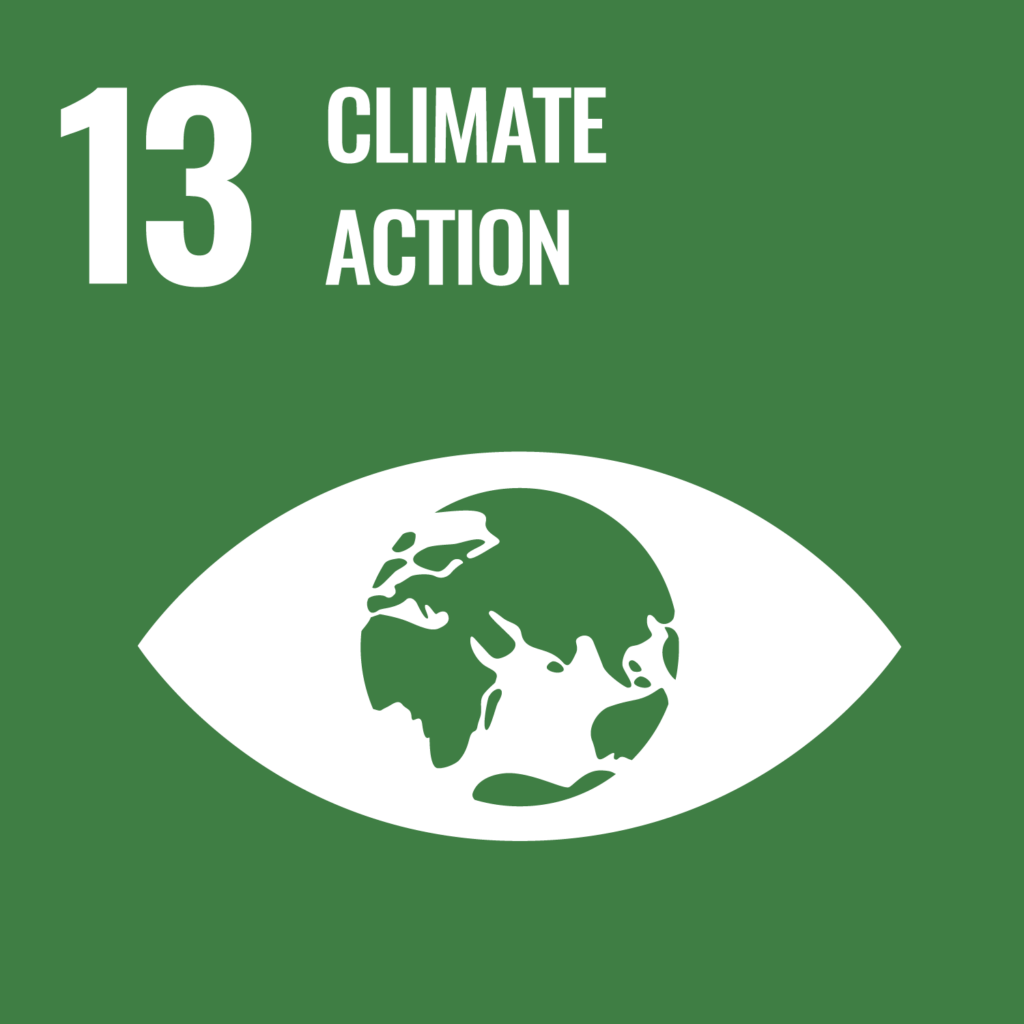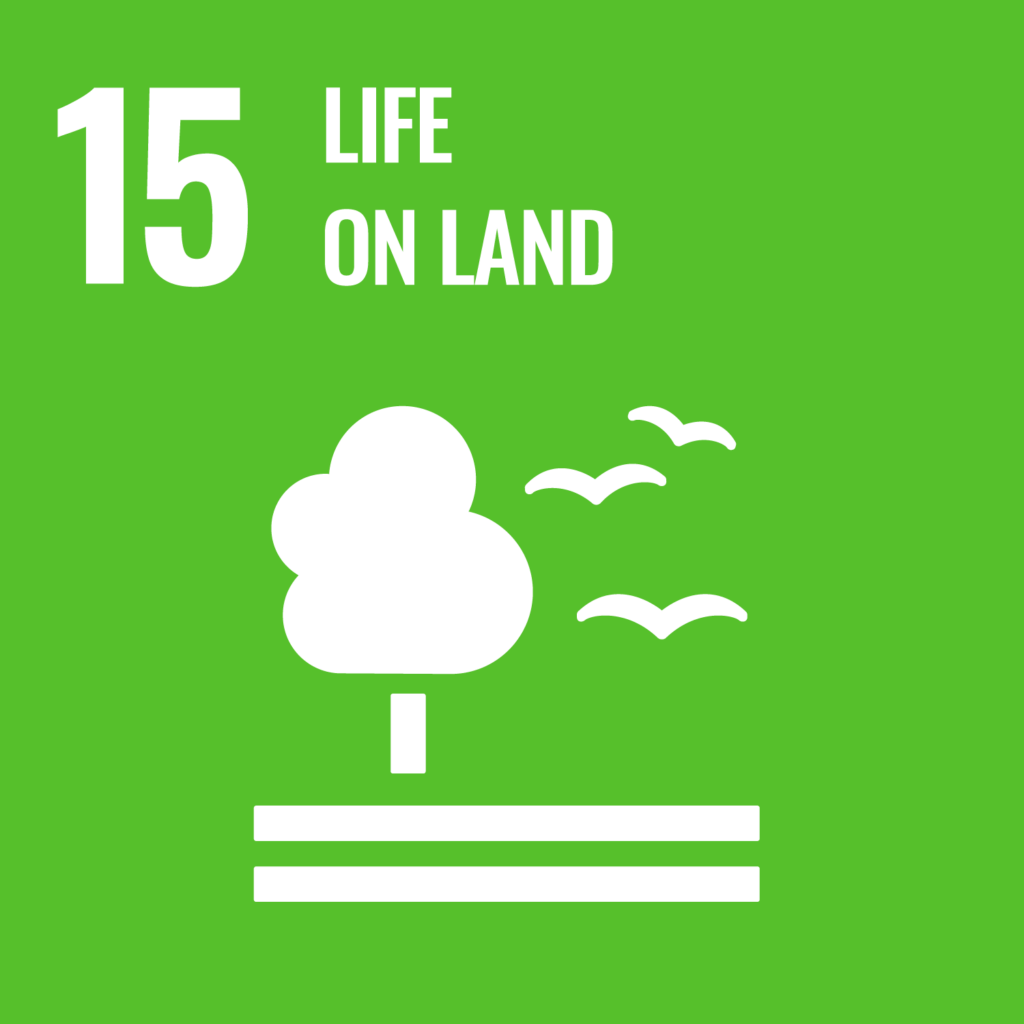This innovative project focuses on restoring 1,663 hectares of degraded tropical lowlands in southeast Mexico. By planting two million native trees, including the keystone species logwood (Haematoxylum campechianum), the initiative aims to capture approximately 30,000 tons CO2 annually. The reforestation efforts not only contribute to climate change mitigation but also enhance biodiversity by providing habitat connectivity for wildlife, particularly jaguars.
The project integrates sustainable practices by converting residual biomass into biochar through pyrolysis. This biochar is then used to enrich soils in agroforestry systems, promoting sustainable agriculture and improving food production. Such holistic approaches ensure long-term ecological and economic benefits for the region.
By pioneering the integration of ecological restoration with regenerative agriculture through the use of biochar this project demonstrates how carbon finance can catalyze climate-smart land management while enhancing biodiversity. Through reestablishing forest corridors and strengthening jaguar habitats, the project supports species conservation on a landscape scale. Its replicable model blends innovation with traditional ecological knowledge, offering a scalable blueprint for restoration-driven community development across tropical regions.
CAR1344
Project Registered
Palizada, Campeche, Mexico

1,663 hectares

Reforestation/Removals
30,000 tons CO2 annually.

05/20/2018 – 05/19/2020
Community engagement and employment opportunities
The project has a strong commitment to environmental and sustainable development that benefit local communities through the following contributions:
Environment
This reforestation project restores 1,663 hectares of degraded tropical lowlands in southeast Mexico, primarily using native tree species such as logwood to strengthen ecological resilience and carbon sequestration. It is expected to capture approximately 30,000 tons CO2 annually, significantly contributing to climate change mitigation. By integrating biochar technology, the project converts biomass waste into a stable form of carbon that enriches soil and improves long-term agricultural productivity. This dual approach—forest restoration and soil enhancement—demonstrates a powerful synergy for ecosystem recovery and sustainable land use.
Community
The project is deeply rooted in community collaboration. Local populations are engaged from the ground up, participating in nursery operations, planting, and ecosystem monitoring. Ongoing outreach and education efforts foster environmental stewardship and raise awareness about biodiversity conservation and climate action. The project also strengthens food security through sustainable agroforestry systems that integrate native species and biochar-enriched soils. These initiatives help communities adapt to climate challenges while ensuring that conservation efforts are aligned with local development needs.
Employment
Significant employment is generated through all stages of the project—from preparing seedlings to maintaining forest plots and producing biochar. These activities offer both skilled and unskilled job opportunities, supporting inclusive economic growth in rural areas. Workforce development programs provide training in sustainable forestry and climate-resilient agricultural techniques, equipping local people with tools for long-term livelihoods. This focus on employment ensures the project delivers not just environmental, but also socioeconomic resilience.



GOAL 1 – No Poverty

GOAL 13 – Climate Action

GOAL 15 – Life on Land
One Tribe enables businesses to be more sustainable by funding rainforest protection projects that store carbon from being released into the atmosphere. By enabling customers to protect rainforest when they shop online we also empowers consumers to drive positive change
One Tribe is a Climate Action Platform enabling businesses and their customers to make a positive environmental impact.



Eric currently works as an independent consultant at the intersection of nature and climate, focused on catalysing market and non-market solutions to drive the just transition.
He previously was Head of Product at Earthshot Labs, supporting nature conservation and restoration projects across the global south secure project finance. Prior to Earthshot Labs, Eric led nature-based carbon project development for Gorongosa National Park in Mozambique and founded the Carbon Cooperative, a global alliance of leading nature conservation and restoration practitioners exploring carbon finance. After serving in the Peace Corps in Mozambique out of university, he spent much of his 20s working in community-based conservation and ecosystem restoration efforts in Sub-Saharan Africa interspersed with two startup ventures as co-founder and CEO of a mental health tech startup and COO of a sustainable coffee company. Eric has a dual Masters in Environmental Engineering and Environmental Policy from Stanford University where he was a NSF Graduate Research Fellow and a BS in Environmental Engineering from Tufts University.
Alan is a risk management thought-leader, superconnector, and FinTech pioneer. His mission is to enable an Earth Positive economy which includes nature in global accounting systems.
Alan is Founder of Generation Blue, a venture studio dedicated to planetary game changers powered by exponential technologies. Previously, Alan established Natural Capital Markets at Lykke AG, pioneering blockchain based forestry and carbon backed tokens. Alan has over two decades of risk management experience advising global financial institutions, and was a founding member of the RiskMetrics Group, a JPMorgan spin-off. Alan is an investor and advisor to regenerative impact ventures, including TreeBuddy.Earth, Regenativ, and Vlinder Climate.
Lori Whitecalf made history when she became the first woman to be elected Chief of Sweetgrass First Nation in 2011. She served three terms of office from 2011-2017.
Lori took a two-year hiatus from leadership to expand the family ranch and serve as the FSIN Senior Industry Liaison. She was re-elected on November 29. 2019 and again on November 30, 2021, as Chief of Sweetgrass. Chief Whitecalf practises a traditional lifestyle of hunting, fishing and gathering. She currently sits on the following boards: Saskatchewan Indian Institute of Technology, FSIN Lands and Resource Commission, Battle River Treaty 6 Health Centre and Battleford Agency Tribal Chiefs Executive Council, FSIN Women’s Commission.
Tina is the Chief Business Officer for MLTC Industrial Investments, the Economic Development arm of the Meadow Lake Tribal Council. She has a diverse background of experience. Having spent 15 years as a municipal Chief Operating Officer, 20 years involved in Saskatchewan’s Health Authority Board Keewatin Yatthe and 9 years with Northern Lights Board of Education.
She continues as a Board Member with Beaver River Community Futures supporting small business development in her home region. Tina brings a wealth of experience in a variety of fields and many connections to the Indigenous communities of Northern Saskatchewan. In addition Tina holds a BA Advanced from the U of S, a Certificate in Local Government Authority from the U of R and is certified as a Professional Economic Developer for Saskatchewan and a certified Technician Aboriginal Economic Developer (TAED).
Tootoosis’ career spans 40+ years in HRM, political leadership, and Indigenous economic development, as a dedicated bridge builder and advocate for Indigenous causes.
As a key member of the Saskatoon Regional Economic Development Authority (SREDA) team since 2021, he develops strategies for the Truth and Reconciliation Commission final report and Call to Action #92.
He is a graduate of the First Nations University of Canada and a certified Professional Aboriginal Economic Developer. Spearheading various community initiatives while serving as a Chair of the SIEDN while directing ILDII and WIBF. Founder of MGT Consulting Tootoosis is based in Saskatoon, Treaty Six Territory.
Cy Standing (Wakanya Najin in Dakota) has a long and distinguished career including serving overseas as an Electronics Technician in the Royal Canadian Air Force, former Chief of Wahpeton Dakota Nation, former Vice Chief of the Federation of Saskatchewan Indigenous Nations (FSIN), past Executive Director of Community Development Branch of the Department of Northern Saskatchewan as well as an Order in Council appointment to the Federal Parole Board.
Mr. Standing has served as a Director on many Profit and Non-Profit Corporate Boards, including serving as a Director for Affinity Credit Union with assets of over six billion dollars as well as IMI Brokerage and Wanuskewin and is currently a member of the One Tribe Indigenous Carbon Board.